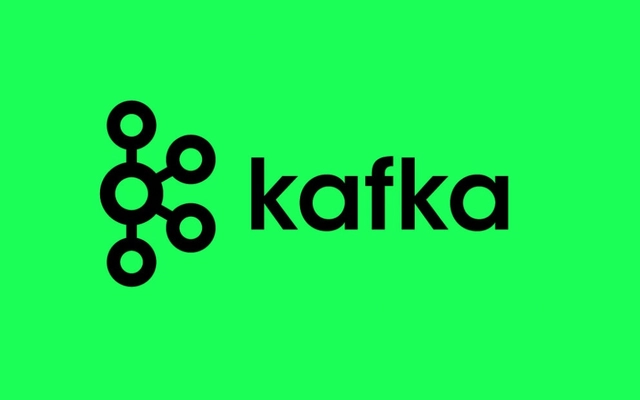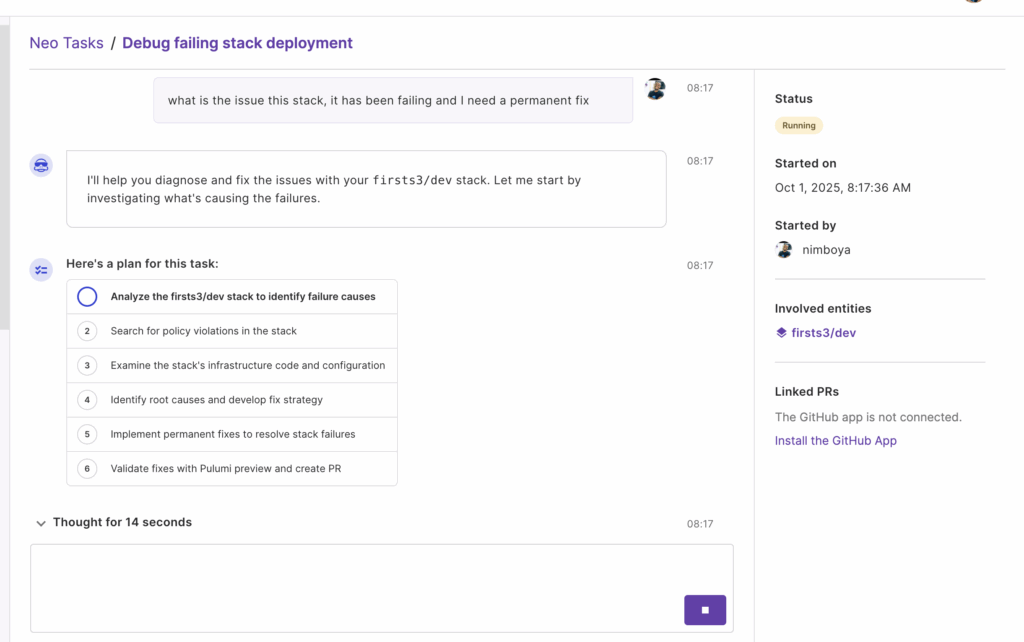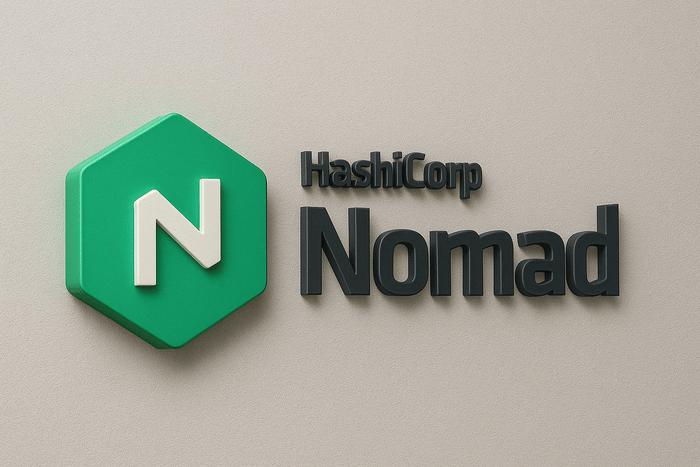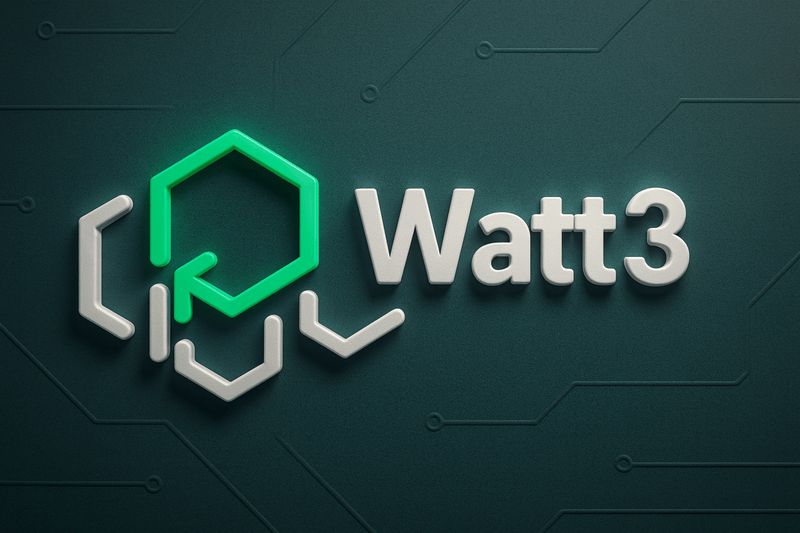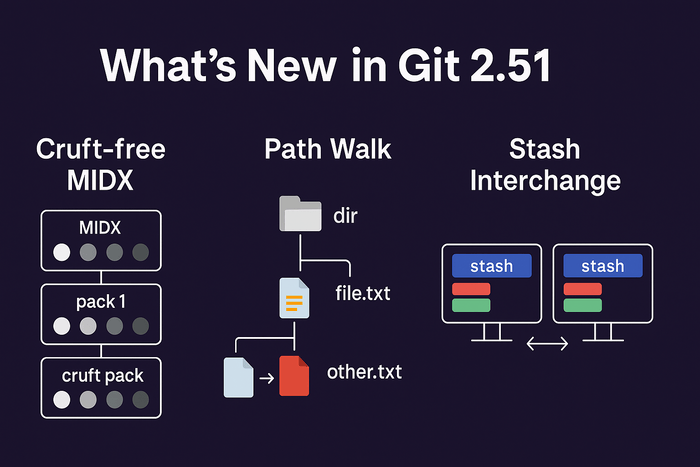Apache Kafka® 4.0 is now available, marking a major milestone in the evolution of real-time data streaming. This release introduces groundbreaking improvements, including full ZooKeeper removal, enhanced consumer rebalancing, and early access to queue semantics—making Kafka more scalable, efficient, and versatile than ever before.
In this blog post, we’ll explore the key features of Kafka 4.0 and what they mean for developers and enterprises.
Goodbye ZooKeeper, Hello KRaft
One of the most groundbreaking changes in Kafka 4.0 is the complete removal of Apache ZooKeeper®. Kafka now operates exclusively in KRaft mode, simplifying deployment, improving scalability, and significantly reducing operational complexity.
Without the need for a separate ZooKeeper ensemble, organizations can now deploy Kafka clusters more easily, reducing the risk of operational failures due to dependencies. KRaft streamlines administrative tasks, enhances metadata management, and scales seamlessly with increasing workloads. This transition marks a major architectural shift, improving fault tolerance, security, and resilience.
We extend our deepest gratitude to the ZooKeeper community for over a decade of contributions that helped Kafka grow into the platform it is today.
Key Highlights of Kafka 4.0
KIP-848: Faster and More Reliable Consumer Group Rebalancing
Kafka 4.0 introduces the next-generation consumer rebalance protocol, enhancing reliability and reducing downtime.
Previously, consumer group rebalancing could be a disruptive process, causing delays and inefficiencies. The new protocol eliminates “stop-the-world” rebalances, ensuring that consumer groups remain stable and highly responsive, even in large-scale deployments. The new protocol is enabled by default on the server, with consumers opting in by setting group.protocol=consumer.
KIP-932: Introducing Queues for Kafka (Early Access)
Kafka now supports traditional queue semantics through share groups, allowing cooperative consumption.
This feature extends Kafka’s capabilities to point-to-point messaging patterns, making it more versatile. Unlike traditional Kafka topics that leverage pub-sub models, share groups allow multiple consumers to efficiently process messages without unnecessary duplication. This makes Kafka an even more compelling option for use cases that require strict message ordering, load balancing, and at-least-once processing guarantees.
KIP-890: Transaction Safety Enhancements
The second phase of KIP-890 enhances Kafka’s transaction handling, minimizing the risks of zombie transactions and improving data integrity.
By reducing the likelihood of transaction failures during producer crashes, Kafka 4.0 ensures that committed transactions remain reliable and accurate. This change is crucial for businesses relying on Kafka for financial transactions, order processing, and event-driven architectures where transactional consistency is a top priority.
KIP-966: Eligible Leader Replicas (ELR) (Preview)
Kafka 4.0 introduces ELR, ensuring that leader election happens only on replicas that have up-to-date data.
By selecting leaders from a subset of in-sync replicas (ISR) that are guaranteed to have the latest committed data, Kafka reduces the risk of data loss during failover events. This feature improves cluster stability and reliability, especially in high-throughput environments where leader election plays a critical role.
With the new Pre-Vote mechanism, unnecessary leader elections are reduced, minimizing disruptions caused by transient issues and network partitions.
This improvement helps Kafka clusters maintain better availability by preventing unnecessary failovers and ensuring that leadership transitions occur only when necessary.
Additional Enhancements Across Kafka Ecosystem
Enhanced Monitoring & Security
KIP-1076: Improved client monitoring by enabling metric collection directly from brokers, helping operators track Kafka client behavior more efficiently.
KIP-653: Migration from Log4j to Log4j2, ensuring enhanced security, better performance, and reduced risk of vulnerabilities.
Performance & Usability Improvements
KIP-1030: Updated default configuration values for better out-of-the-box performance.
KIP-1106: Added duration-based offset reset option for consumer clients, making it easier to handle long-term storage use cases.
KIP-1124: Introduced a clear Kafka client upgrade path, ensuring compatibility and stability when upgrading from previous versions.
KIP-1102: Kafka clients now proactively rebootstrap metadata based on timeout or error codes, preventing clients from getting stuck with outdated metadata.
Kafka Streams Enhancements
Kafka Streams receives key upgrades, including:
KIP-1104: Improved foreign key extraction for KTable joins, reducing storage overhead and improving data modeling.
KIP-1112: ProcessorWrapper API, simplifying cross-cutting logic and allowing more flexible processor customization.
KIP-1065: New retry handling option in ProductionExceptionHandler, enabling customized error-handling strategies for Kafka Streams applications.
KIP-1091: Enhanced Kafka Streams operator metrics, offering better observability into stream processing performance.
Kafka Connect Upgrades
Kafka Connect, a crucial component for data integration, also sees major improvements:
KIP-970: Removed redundant task configurations API, simplifying administration.
KIP-1074: Improved replication of user-defined internal topics, allowing greater flexibility in MirrorMaker 2 deployments.
KIP-1089: Added support for disabling heartbeat replication, helping users optimize MirrorSourceConnector performance.
KIP-1032: Upgraded Kafka Connect to Jakarta EE and JavaEE 10, modernizing its compatibility with enterprise applications.
Upgrading to Kafka 4.0
Before upgrading, review the Upgrade Guide and Release Notes. Key considerations:
- Ensure brokers are on v2.1+ before upgrading clients.
- Java 17 is now required for brokers & Connect.
- Test in a staging environment first!
The table below also mentions some notable breaking changes
Conclusion
Apache Kafka 4.0 is a game-changer, delivering better performance, simplified operations, and new queuing capabilities. Whether you’re running large-scale event streaming or transitioning from traditional messaging systems, Kafka 4.0 offers powerful new tools to streamline your architecture.
In a previous article, I did a comparison between RabbitMQ and Kafka, to see which is best for your organization and workload.

